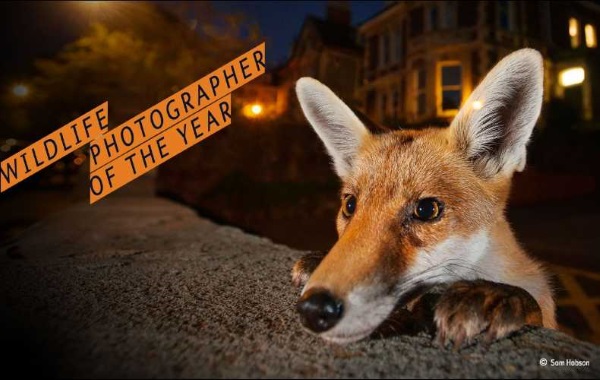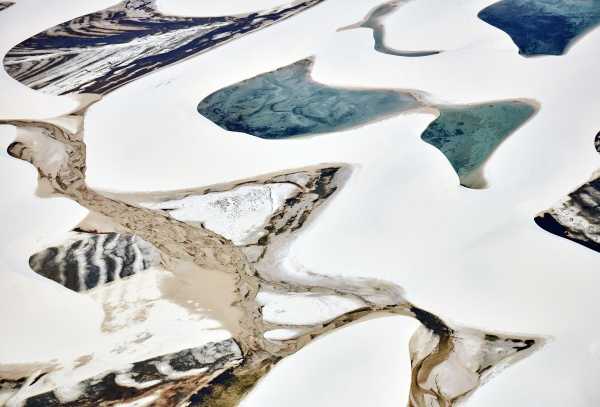
Rudi Sebastian from Germany brings us “The Sand Canvas”, winner of the Details category. The photo was taken in Brazil’s Lençóis Maranhenses National Park, a unique geological area in which white sand from the ocean coast is blown up to 30 miles inland where it forms a field of crescent-shaped sand dunes standing up to 130 ft high. Rain collects in the valleys between the dunes, forming temporary lakes up to 295 ft long. The colors are derived from algae and bacteria that grow in the lagoons while bolder earth tones arise from small streams carrying sediments out of the rainforest.
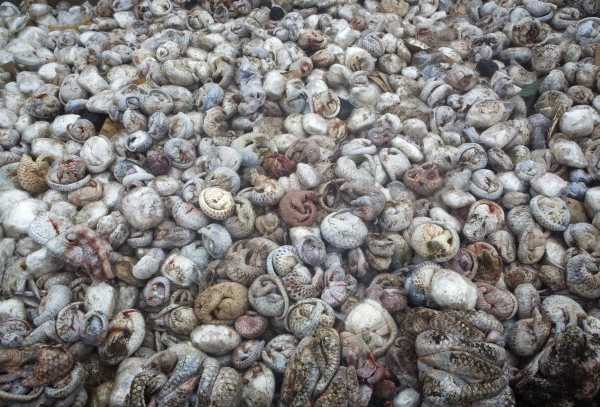
Paul Hilton (UK/Australia) is the winner of this year’s Wildlife Photojournalist Award: Single image for the fascinating yet disturbing photo above, titled “The Pangolin Pit”. The photo depicts the inside of a shipping container filled with approximately 4,000 defrosting pangolins, weighing in total roughly 5 tons, that were part of one of the largest recorded seizures of these endangered mammals. The pangolin carcasses were destined for China and vietnam, where they are typically used to make traditional “medicines” and supply the exotic meat trade. The pangolins above were incinerated in a huge pit shortly after Hilton snapped this sad image. “Wildlife crime is big business,” states Hilton. “It will stop only when the demand stops.”
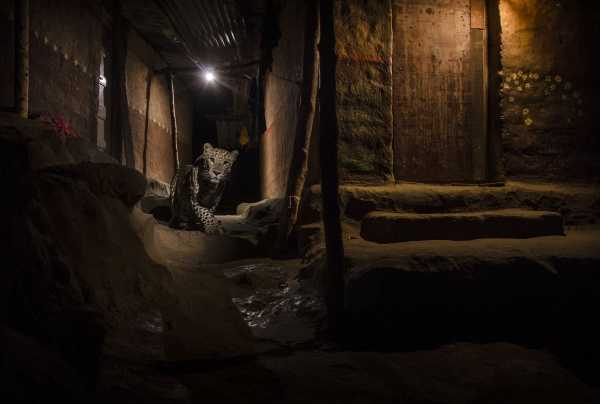
Nayan Khanolkar of India is the winner of the Urban category for his striking photo of a leopard making its nightly rounds through the Aarey Milk Colony near Mumbai. The Warli people who live in the area have learned to coexist with the big cats native to the adjacent Sanjay Gandhi National Park (or perhaps it’s vice-versa), and Khanolkar was determined to illustrate the “manners” the park’s leopards seem to have cultivated when roaming through the urban landscape. It took Khanolkar about four months and an abundance of meticulous preparation before he was able to get exactly the shot he was aiming for.
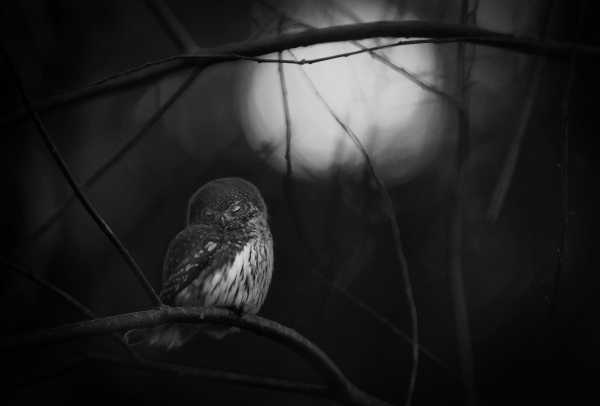
“Requiem for an Owl”, submitted by Mats Andersson of Sweden, is the winner in the Black and White category. Andersson relates that each day in early spring, he had walked in the forest near his home in Bashult, southern Sweden, where he often noted the presence of a pair of Eurasian pygmy owls. One night, however, he found one of the owls on the forest floor, dead, which naturally saddened him because he’s aware these owls form strong pair bonds that may last through more than one breeding season. “The owl’s resting posture reflected my sadness for its lost companion,” explains Andersson, who chose to photograph the remaining owl in black and white as “it conveys the feeling better.” Andersson believes both owls may have been killed by one or more larger owls residing in the forest; a natural consequence of competition for food and territory in a harsh environment.
